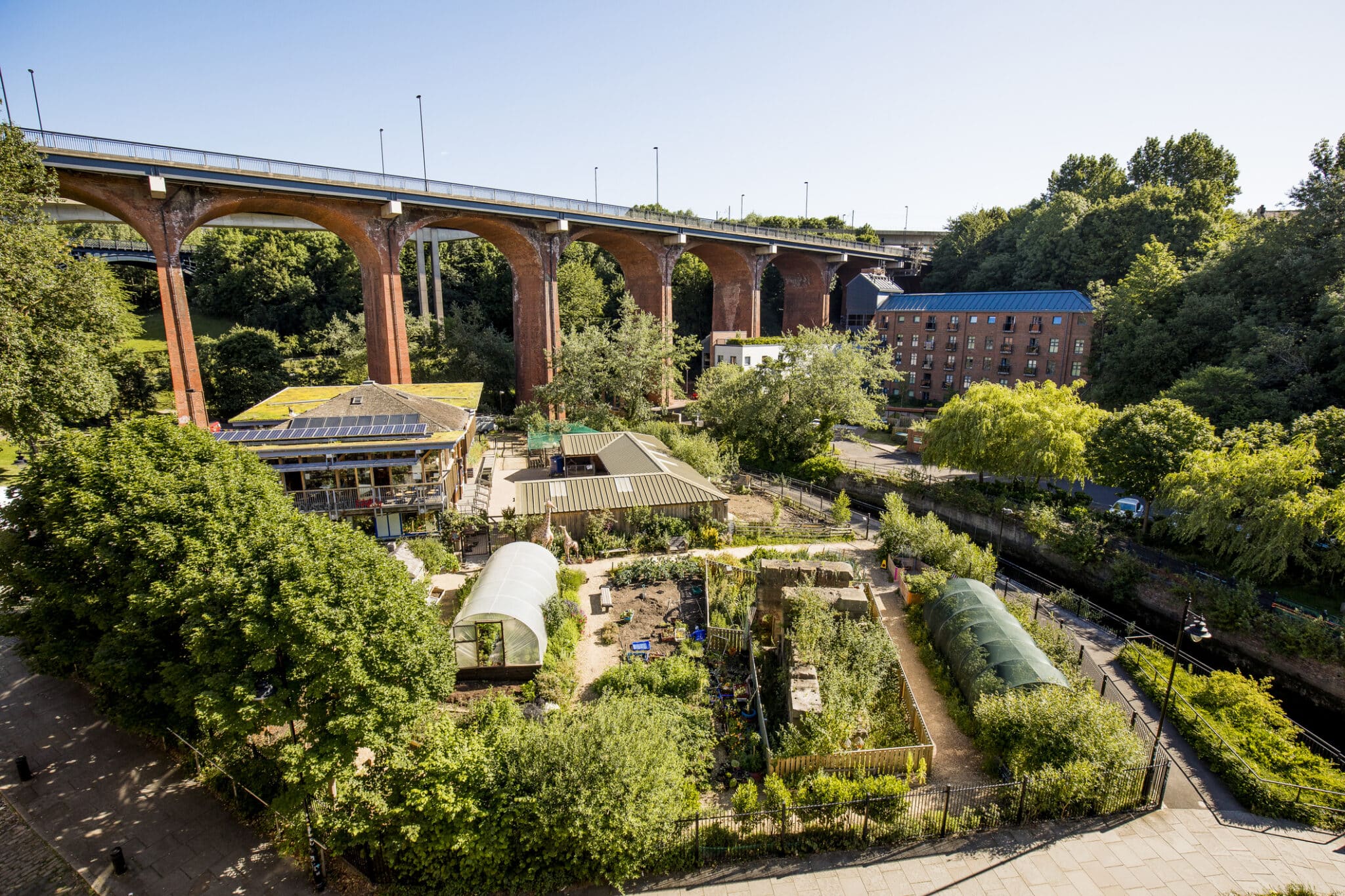Little Known Facts About City Blooming.
Little Known Facts About City Blooming.
Blog Article
The 6-Minute Rule for City Blooming
Table of ContentsCity Blooming Fundamentals ExplainedThe Buzz on City BloomingThe Main Principles Of City Blooming Rumored Buzz on City BloomingThe 6-Second Trick For City Blooming
Fascinated in growing food for sale in the City of Chicago? Thinking of starting an area yard? Modifications to the Chicago Zoning Regulation enable agricultural uses like community gardens and metropolitan ranches in several parts of the city. Below is a listing of often asked questions concerning the regulations and guidelines that farmers must consider when planning a metropolitan agriculture task.
The zoning change does not customize any type of various other codes dealing with composting, structure licenses, buying or leasing City had property, company licenses or environmental contamination. There are existing codes that control these concerns and they remain completely effect and might be applicable to your job. Area gardens are generally possessed or managed by public entities, public companies or community-based organizations and preserved by volunteers.
Urban farms grow food that is intended to be marketed, either on a nonprofit or for-profit basis. Due to their commercial function, urban farms need a service permit.
The Ultimate Guide To City Blooming
The amount of garden compost product can not go beyond 25 cubic backyards at any offered time according to the standards in 7-28-715 of the City's Municipal Code. Due to the fact that the dirt at many new yard sites needs changing, garden compost, dirt, timber chips, or various other materials can be acquired to build or improve the growing area.

If a structure authorization is called for then the hoophouse will be taken into consideration an accessory building. You can discover more regarding the building authorization requirements by contacting the Division of Buildings. The 25,000-square-foot dimension limitation is meant to avoid a solitary area garden from controling a given block or diminishing the block's existing property or industrial character.
The limitation does not apply to yards located in Public Open Space (POS) areas. Can there be even more than one area garden that is 25,000 square feet on a solitary block? Secure fencing is not required, however, yards that have huge vehicle parking areas may be called for to set up fence or other landscaping functions.
The Basic Principles Of City Blooming
B1 & B2 areas call for that all business use activities be performed inside. Is secure fencing required for urban ranches? Fences might be needed, along with landscaping and testing, for particular car park areas and outside work or storage areas depending on place and the details task taking place.
Urban farms call for building authorizations and zoning authorizations prior to building (sustainable gardening). Other kinds of city review might be called for depending on certain structures, activities, dimension, landscaping, licensing, public health and stormwater management problems.
Yes. The kind of permit is figured out by what is occurring at the website. The Division of Business Matters and Consumer Defense can assist determine the certain type of organization license that's needed. Yes. Off road parking is required for a lot of commercial projects in Chicago. The needed variety of garage is based upon the variety of employees servicing website and not the square footage of the expanding room.
City Blooming - The Facts

A city ranch can offer garden compost product created on website, nevertheless, the procedure needs to comply with the guidelines in 7-28-715 of the Chicago Municipal Code. Aquaponic systems are permitted inside on metropolitan farms in several zoning areas.
Up to five hives or colonies of honey might be kept as an accessory usage. Nonetheless, beekeepers have to sign up with the Illinois Division of Agriculture. For more details concerning the suggested zoning change you may speak to the Division of Housing and Economic Growth, Bureau of Planning and Zoning at 312.744.8563.
Farming in cities and urban locations A city farm in Chicago. click to read Urban farming describes various methods of cultivating. https://www.openstreetmap.org/user/cityblooming, handling, and distributing food in city locations. The term also relates to the area tasks of pet husbandry, aquaculture, beekeeping, and horticulture in an urban context. Urban farming is distinguished from peri-urban agriculture, which takes place in rural locations at the side of suburban areas.
More About City Blooming
, who look for to form social networks established on a shared principles of nature and area holism. These networks can create by means of official institutional assistance, ending up being incorporated into regional community planning as a "shift community" movement for sustainable metropolitan development.
The much more straight accessibility to fresh vegetable, fruit, and meat items that might be understood through city farming can enhance food safety and security and food security while lowering food miles, bring about lower greenhouse gas discharges, thus adding to environment modification mitigation. Several of the initial proof of city farming originates from Mesopotamia.
Report this page